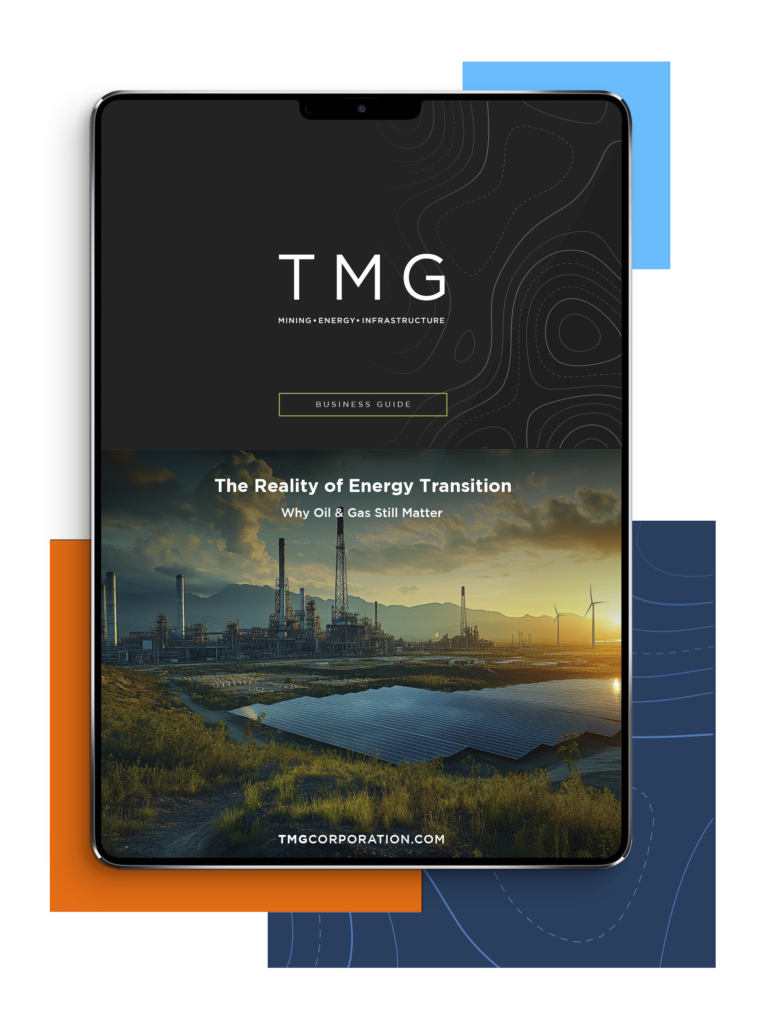Call Us Today: +1 866 205 2414
Mining is more than a source of raw materials—it’s a powerful engine for regional development, job creation, and broad-based economic growth. For many communities, incredibly remote or underserved areas, mining represents one of the few industries capable of delivering high-paying, skilled jobs and the infrastructure necessary for long-term prosperity. As global demand for minerals intensifies, mining’s ability to generate economic opportunity at the local level becomes even more essential—not only for national GDP but for community resilience, fair access to opportunity, and building stronger relationships with Indigenous peoples.
Job creation is one of the most immediate and visible impacts of mining expansion. The mining sector supports millions of direct and indirect jobs globally, offering employment in exploration, engineering, environmental science, logistics, construction, finance, and more. These jobs often come with above-average wages and long-term career opportunities, especially in technical and skilled trades roles.
In many regions, mining operations form the economic backbone of small towns and rural areas, where other industries may be limited or seasonal. Expanding mining projects in these areas can reduce unemployment, increase disposable income, and boost local services like retail, hospitality, and transportation.
Moreover, mining employment has ripple effects extending into supporting industries—contractors, suppliers, and service providers benefit from increased mining activity. With the right workforce development strategies, these opportunities can foster a more diverse and resilient local economy.
Many of the world’s most promising mineral deposits are on or near Indigenous lands. This geographic reality creates both a responsibility and an opportunity for mining companies to foster genuine partnerships with Indigenous communities beyond legal compliance and toward shared prosperity.
Historically, Indigenous communities have often been excluded from decision-making processes or underserved by resource development. Today, many mining companies are reversing that trend by prioritizing Indigenous equity participation, training, employment programs, business partnerships, and cultural preservation initiatives in their development strategies.
Collaborative agreements that involve Indigenous communities as co-owners or economic stakeholders help build trust, reduce conflict, and ensure long-term benefits. These partnerships also represent a step toward economic balance, giving communities control over how their lands and resources are developed.
Mining benefits do not automatically translate into widespread prosperity. Achieving meaningful local impact requires planning, stakeholder engagement, and support systems that address barriers to entry for underrepresented groups.
This includes:
Mining companies that adopt locally focused strategies gain a more skilled and loyal workforce and build long-term social capital that enhances their reputation, project stability, and license to operate.
Mining operations often require significant infrastructure investment—roads, energy supply, water systems, communications networks—that can also serve surrounding communities. When planned strategically, these infrastructure improvements act as catalysts for regional development, attracting other industries, increasing mobility, and improving access to services.
For example, an access road built for a mining operation can reduce transportation time for local farmers. A fiber-optic network extended to support remote monitoring can provide internet access to previously unconnected communities. Power grids upgraded to support mine electrification can offer more reliable service to nearby towns.
Public-private partnerships and community benefit agreements help ensure these infrastructure investments create shared value for both mining companies and the regions in which they operate.
While mining can be a powerful engine of economic growth, regions must also consider post-mining economic diversification to ensure long-term resilience. By using mining as a springboard to develop broader economic capacity—such as tourism, renewable energy, advanced manufacturing, or local entrepreneurship—communities can reduce reliance on a single industry and prepare for life beyond resource extraction.
Mining companies can play a leading role in supporting this diversification by:
Proactive planning helps transform mining regions into self-sustaining economic hubs that thrive after extracting the final ton of ore.
The economic impact of mining expansion is both broad and deep. It generates revenue for all levels of government through royalties, taxes, and land use payments—funding critical public services like healthcare, education, and transportation. It also increases foreign investment, supports trade balance through exports, and enhances national economic stability.
But beyond the statistics, mining has the power to elevate lives. Conducted responsibly and with meaningful engagement, it creates lasting value for workers, families, communities, and entire regions. It becomes not just an extractive industry but a foundational contributor to shared opportunity and national development.
At TMG, we help mining companies, investors, and government agencies unlock the full potential of mining-led development. Our experts specialize in workforce planning, Indigenous collaboration, infrastructure strategy, and economic diversification—ensuring that mining projects deliver long-term, regionally grounded benefits for the communities they serve.


President
Kenny MacEwen is President of TMG and a senior execution leader with over two decades of experience delivering complex projects across the mining, energy, and infrastructure sectors. With a foundation in mechanical engineering and a track record spanning both Owner and consulting roles, Kenny has led multidisciplinary teams through all phases of the project lifecycle—from early studies and permitting support through detailed engineering, construction, and commissioning. His experience includes overseeing large-scale programs at New Gold and Centerra Gold Inc., where he aligned technical, commercial, and operational objectives across high-value global portfolios.
At TMG, Kenny leads the integration of project delivery frameworks that support Owner-side governance, stakeholder engagement, and cross-functional execution. He is deeply involved in developing workface planning models, ensuring interface risks are actively managed, and advancing readiness strategies that position assets for seamless transition to operations. His leadership extends across EPC coordination, budget stewardship, and the application of risk-adjusted scheduling tools to maintain project momentum. Kenny is recognized for fostering team cohesion in high-pressure environments while ensuring technical rigor and delivery accountability remain front and center.